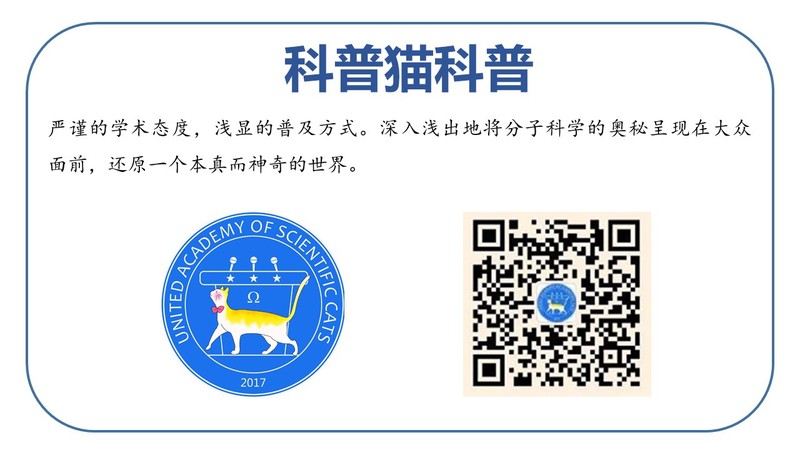蛛丝是蜘蛛赖以为生的“法宝”,是世界上最毒的蜘蛛之一的黑寡妇蜘蛛,其蛛丝的强度竟然超过所有其他天然纤维,甚至连以坚韧著称的钢丝都望尘莫及。
关键词:科普、译文、蛛丝

[Latrodectus hesperus, known commonly as the black widow spider in North America. Researchers at Northwestern University and San Diego State University have unraveled the complex process of how black widow spiders transform proteins into steel-strength fibers, potentially aiding scientists in creating equally strong synthetic materials. Credit: Gregory Holland, San Diego State University]
[Latrodectus hesperus,在北美通常被称为黑寡妇蜘蛛。美国西北大学和圣地亚哥州立大学的研究人员揭开了黑寡妇蜘蛛如何将蛋白质转化为钢强度纤维的复杂过程,这可能会帮助科学家创造出同样强度的合成材料。图片来源:Gregory Holland,圣地亚哥州立大学]
Researchers at Northwestern University and San Diego State University (SDSU) have better unraveled the complex process of how black widow spiders transform proteins into steel-strength fibers. This knowledge promises to aid scientists in creating equally strong synthetic materials.
西北大学和圣地亚哥州立大学(SDSU)的研究人员更好地揭示了黑寡妇蜘蛛如何将蛋白质转化为钢强度纤维的复杂过程。这些知识有望帮助科学家创造出同样坚固的合成材料。
Black widow spiders and their relatives, native to temperate climates in North America, Europe, Asia, Australia, Africa and South America, produce an array of silks with exceptional materials properties.
黑寡妇蜘蛛和它们的近亲,原产于北美,欧洲,亚洲,澳大利亚,非洲和南美洲的温带气候地区,能够生产出一系列具有特殊材料特性的蛛丝。
Scientists have long known the primary sequence of amino acids that make up some spider silk proteins and understood the structure of the fibers and webs. Previous research theorized that spider silk proteins await the spinning process as nano-size amphiphilic spherical micelles (clusters of water soluble and non-soluble molecules) before being funneled through the spider's spinning apparatus to form silk fibers. However, when scientists attempted to replicate this process, they were unable to create synthetic materials with the strengths and properties of native spider silk fibers.
科学家们很早就知道组成蜘蛛丝蛋白质的氨基酸的基本序列,并且了解蜘蛛丝和蛛网的结构。先前的研究表明,蜘蛛丝蛋白在通过蜘蛛的纺丝装置形成丝纤维之前,等待纺丝过程的是纳米级两亲球形胶束(水溶性和不溶性分子簇)。然而,当科学家们试图复制这一过程时,他们无法制造出具有天然蜘蛛丝纤维强度和性质的合成材料。
'The knowledge gap was literally in the middle,' Northwestern's Nathan C. Gianneschi said. 'What we didn't understand completely is what goes on at the nanoscale in the silk glands or the spinning duct-the storage, transformation and transportation process involved in proteins becoming fibers.'
'中间确实存在知识差距,'西北大学的Nathan C. Gianneschi说。'我们完全不了解的是丝腺或纺纱管道在纳米尺度上发生了什么 - 蛋白质变成纤维的储存,转化和运输过程。'
Gianneschi is the Jacob and Rosaline Cohn Professor in the department of chemistry in the Weinberg College of Arts and Sciences and in the departments of materials science and engineering and of biomedical engineering in the McCormick School of Engineering. He and Gregory P. Holland, associate professor in the department of chemistry and biochemistry at SDSU and the author of more than 40 papers on spider silk, are the paper's co-corresponding authors.
Gianneschi是温伯格文理学院化学系及麦考密克工程学院材料科学与工程和生物医学工程系的Jacob和Rosaline Cohn教授。他和圣地亚哥州立大学化学与生物化学系的副教授Gregory P. Holland,也是40多篇关于蜘蛛丝的论文的作者,是论文的共同通讯作者。
The research will be published online the week of Oct. 22 in the Proceedings of the National Academy of Sciences (PNAS).
这项研究将于10月22日发表在《美国国家科学院院刊》网络版上。
Utilizing complementary, state-of-the-art techniques-nuclear magnetic resonance (NMR) spectroscopy, the same technology utilized in MRI, at SDSU, followed by electron microscopy at Northwestern-the research team was able to more closely see inside the protein gland where the silk fibers originate, revealing a much more complex, hierarchical protein assembly.
利用互补的,最先进的技术 - 核磁共振(NMR)光谱,同样的技术应用于核磁共振成像,然后在西北部进行电子显微镜检查 - 研究小组能够更仔细地观察蛋白腺体内部的丝纤维来源,揭示了一个更复杂,层次分明的蛋白质组成。
This 'modified micelles theory' concludes that spider silk proteins do not start out as simple spherical micelles, as previously thought, but instead as complex, compound micelles. This unique structure is potentially required to create the black widow spider's impressive fibers.
这种'改良胶束理论'得出的结论是,蜘蛛丝蛋白最初并不像之前认为的那样是简单的球形胶束,而是复杂的复合胶束。这种独特的结构可能令黑寡妇蜘蛛创造出令人印象深刻的纤维。
'We now know that black widow spider silks are spun from hierarchical nano-assemblies (200 to 500 nanometers in diameter) of proteins stored in the spider's abdomen, rather than from a random solution of individual proteins or from simple spherical particles,' Holland said.
'黑寡妇蜘蛛丝是由分子纳米组件(直径200至500纳米)从蜘蛛腹部储存的蛋白质纺出的,而不是从单个蛋白质或简单球形颗粒的随机溶液中分离出来的,'Holland说。
If duplicated, 'the practical applications for a material like this are essentially limitless,' Holland said, and could include high-performance textiles for military, first responders and athletes; building materials for cable bridges and other construction; environmentally friendly replacements for plastics; and biomedical applications.
如果被复制,'这种材料的实际应用基本上是无限的,'Holland说,并可能包括用于军事,急救人员和运动员的高性能纺织品;电缆桥架及其他建筑用建筑材料;塑料的环保替代品;及生物医学上的应用。
'One cannot overstate the potential impact on materials and engineering if we can synthetically replicate this natural process to produce artificial fibers at scale,' said Gianneschi, who also is the associate director of the International Institute for Nanotechnology and a member of the Simpson Querrey Institute and the Chemistry of Life Processes Institute at Northwestern. 'Simply put, it would be transformative.'
'如果我们能综合复制这一自然过程来大规模生产人造纤维,我们就不能夸大对材料和工程的潜在影响,'Gianneschi说,他也是国际纳米技术研究所的副主任同时也是辛普森调查研究所和西北大学生命过程化学研究所的成员。'简而言之,这将是一种变革。'
(责任编辑:周姚)
(版权说明,转载自:微信公众号:科学猫科普)

